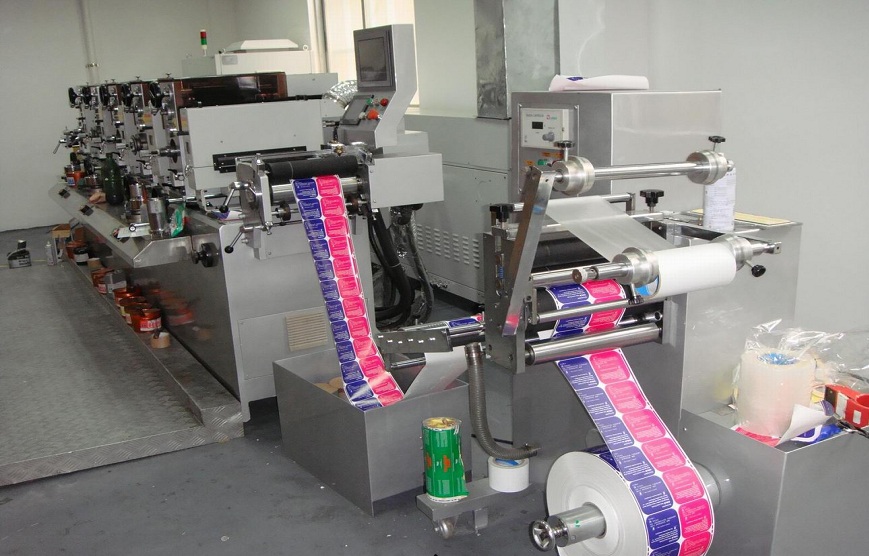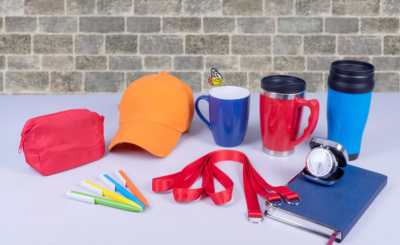Choosing the best printing business is essential when producing lubricant labels for your items. In order to choose a skilled printer who can match your unique demands, there are numerous aspects to take into account. This guide provides tips on what to look for in lubricant labels printing experts.
1. Quality of Printing
The quality of the printed lubricant labels needs to be top-notch. The labels will be affixed to products that may face harsh conditions, heavy use, and prolonged sun or weather exposure. Therefore, the printing must result in labels that can withstand these challenges without issue. When evaluating different printing companies, it’s important to understand the various printing techniques they use to create the labels. Two common options for lubricant labels are digital printing and offset printing.
Digital printing allows for variable data and shorter production runs, however the labels produced may not be as resilient as those created with offset printing. Offset printing is capable of high-quality output at larger scale production levels. However, it generally requires longer run lengths. Regardless of the technique, the inks, coatings and materials selected for the label stock are critical. They must be formulated to bond well and last under the specific conditions the labeled products may face.
2. Design Capabilities
When it comes to label design, lubricant products have very specific requirements that must be met. Various regulations dictate what information needs to be included on labels to properly identify the product and ensure safe handling. Designing labels that are compliant can be complex. That’s why it’s important to choose a printing company that has in-house designers with extensive experience designing labels for the lubricant industry.
Experienced designers understand all the regulatory requirements that must be addressed, such as inclusion of ingredient listings, hazard warnings and safety information. They are able to incorporate all legally mandated design elements into an aesthetically pleasing layout. It is not enough for a printer to just place the design information you provide onto a label. The designers should have the expertise to advise on compliance issues and offer design recommendations. For example, they may catch if any required text is too small to be easily read or a graphic obstructs important warnings.
3. Printing Capacity
The printing capacity of a labels printer refers to the maximum number of labels they can produce in a given time period. This is an important consideration as it determines whether they can fulfill the print volumes required for your orders. When choosing a printer, you need to understand your short and long-term label production needs. Will you need a few thousand labels for an initial test run? Or will future reorder quantities be in the tens or hundreds of thousands? Some printers may only be set up to handle very small or very large jobs efficiently.
Make sure the printers you consider have the flexiblity to scale up or down as your volumes fluctuate. Most industrial labels are printed using either batch or roll-to-roll processes. Batch printing involves printing set quantities of labels in each run. This is better for low to medium volumes. Roll-to-roll allows printing thousands of labels continuously in one process, making it ideal for high volume jobs.
4. Packaging Options
The way printed labels are packaged for delivery and storage is an important consideration. For large volume orders, lubricant label printing company make labels wound onto rolls or fanfolded to save space. This bulk packaging allows for efficient application in high-speed production lines. However, it requires specialized dispensers and may not be suitable for low volume usage. Alternatively, cut-sheet or sheet-fed packaging is better suited for smaller orders. The labels are delivered as individual sheets, either loose or bound together.
While taking up more space, this format provides flexibility as single labels can easily be removed as needed. It also allows for visual inspection of each label prior to application. Depending on your production needs, one packaging style may be more convenient than others. Storage space limitations, application equipment, and order volumes all factor in. An ideal printer offers multiple packaging options to suit various requirements. Customization is also important – some needs may change over time.
5. Customer Service
Customer service is a key factor to consider, as even the most experienced printing companies can occasionally experience issues or errors. Having a printer with a proven commitment to responsive, reliable support helps ensure any problems that come up do not disrupt your business needs. Look for companies that assign dedicated account managers to handle orders from start to finish. This provides continuity and a single point of contact should questions or problems arise.
Inquire about average response times for handling inquiries or resolving complaints. Prompt responses within business hours indicate a customer-centric approach. It’s also important to understand the quality control process. Reputable printers will have multiple checks to catch defects before labels ship out. Ask how they validate designs, inspect print quality, and proofread content. This helps minimize errors reaching customers. Should mistakes occur, find out the process for reprints, refunds or other remedies to make customers whole.
6. Industry Experience and Reputation
When printing labels for industrial products like lubricants, it pays to choose a printer with specialized expertise in that industry. General commercial printers may lack the technical knowledge required. Companies focused solely on sectors like chemicals, lubricants or automotive will have deeper experience with the unique requirements. An important factor is how long the printer has been in business serving clients within the target industry. A history measured in decades demonstrates long-term experience versus a newcomer.
Over many years, an industry-focused company would have handled a wide variety of projects, building an extensive portfolio of work. They’ve likely encountered and solved nearly any challenge that could arise. Look for case studies, testimonials or awards from industry groups or publications that illustrate a printing company’s reputation among peers and major clients. Positive reviews directly from other lubricant producers provide social proof that the company delivers high quality work and exceptional service. Any awards or recognition shows their work is held in high regard.
Conclusion
Thoroughly vet potential lubricant labels printers based on their capabilities, industry knowledge like label in food packaging, customer service reputation and ability to meet your specific volume, design and compliance requirements. Taking the time to find the right expert match helps ensure your labels meet quality standards and get to market on time. With the right printer partner, your lubricant products will be professionally represented.









